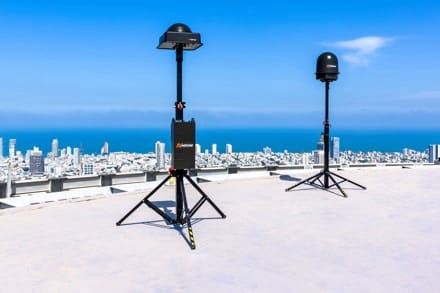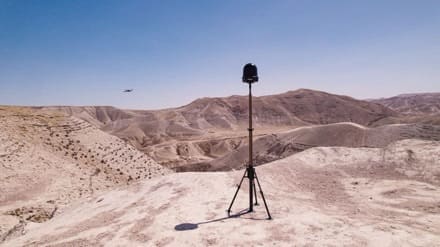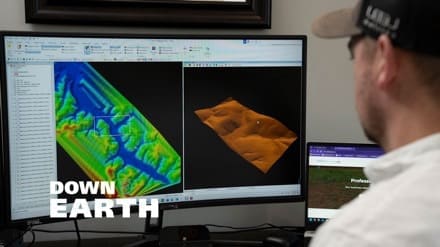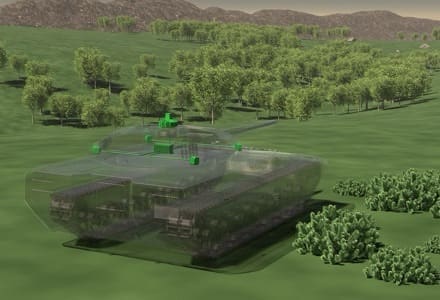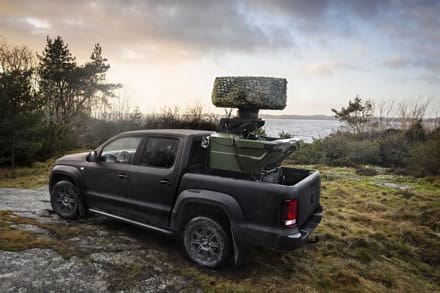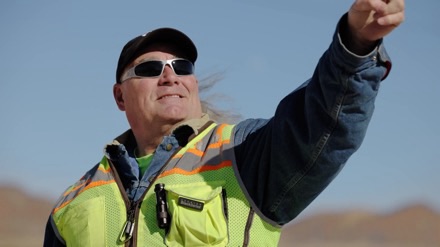The Supplier Will Expand Distribution of Fully Integrated EasyOne Drone LiDAR Systems and LP360 3D Point Cloud Software Across Florida and the Caribbean
For Immediate Release
Huntsville, AL –– Microdrones is pleased to announce that Lengemann Corporation, a leading supplier of positioning solutions for Construction, Engineering, and Surveying Professionals, has joined the Microdrones distribution network. Lengemann Corporation is now authorized to sell the fully integrated EasyOne Drone LiDAR systems and LP360 3D Point Cloud Software, expanding their offerings in Florida and the Caribbean.
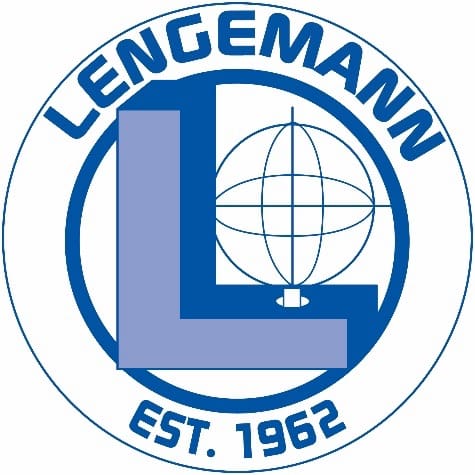
“Adding the Lengemann Corporation to our distribution chain will help expand our coverage and network throughout the state of Florida, ” said Aaron Beach, Western Regional Sales Manager for Microdrones. “Their extensive experience and dedication to customer service are a great match with our values. With their expertise, we are confident that Lengemann will effectively introduce our EasyOne solutions to a wider audience, benefiting surveying and engineering professionals throughout Florida and the Caribbean.”
Mike Woodley, Sales Manager at Lengemann Corporation, shared his enthusiasm for the partnership: ” The reputation ofthe Microdrones products and their fully integrated solutionsspeak for themselves. The EasyOne will help enable our customers to create powerful data deliverables like 3D point clouds and orthomosaics. These systems will help our clients collect data efficiently and safely while cutting costs and saving time.”
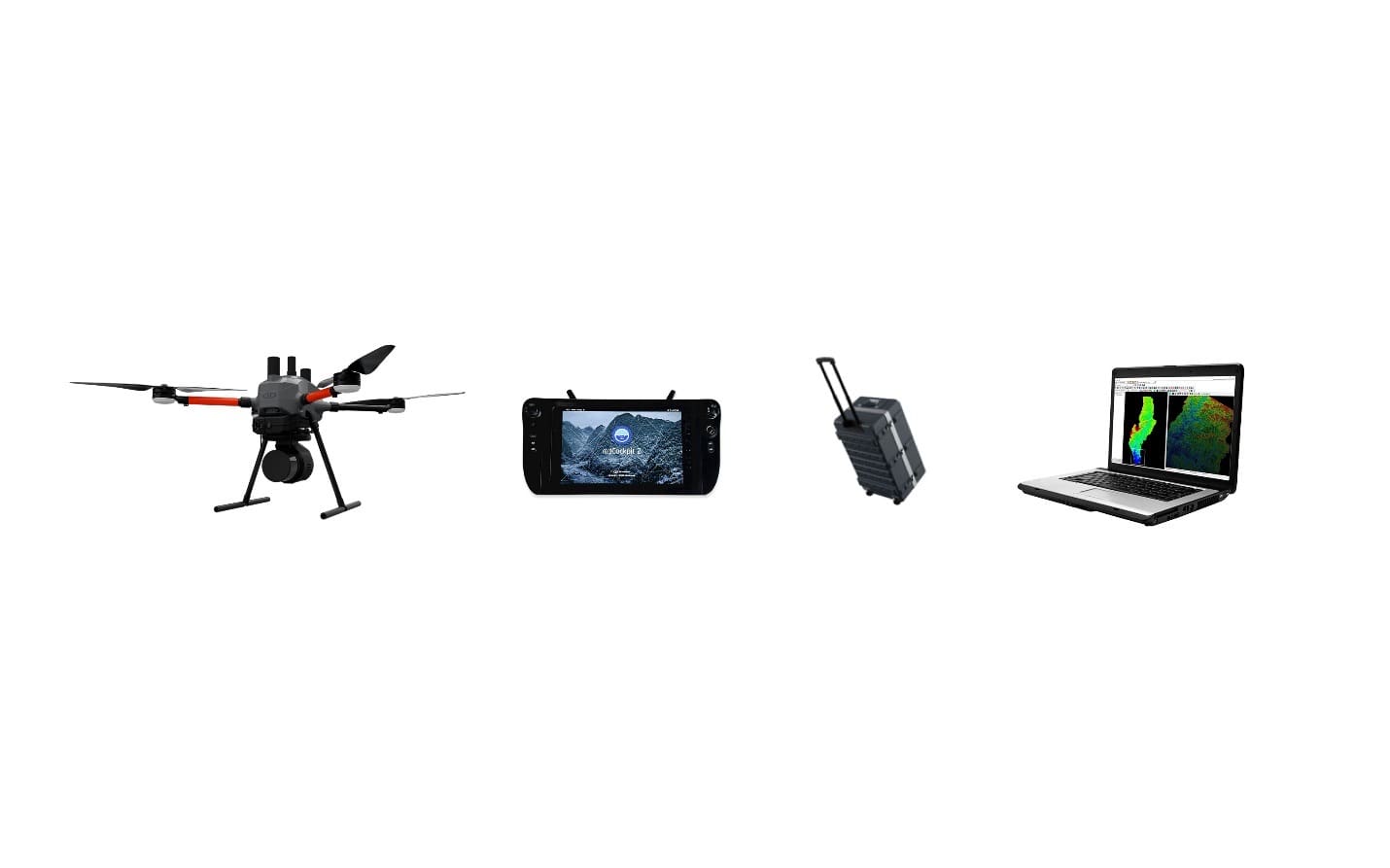
Pictured above: The EasyOne system from Microdrones includes a drone, perfectly integrated LiDAR sensors, LP360 software, workflow, training, and support. The equipment easily packs into a compact case that is easy to transport. All EasyOne systems are made in the U.S. and available in NDAA-compliant versions.
Lengemann Corporation has been in business for over 60 years and is known for its exceptional customer service and technical support. They are the only authorized Topcon and Sokkia master repair facility in Florida and operate one of the largest privately-owned GPS networks in the U.S., known as L-Net. Their new onsite training facility is equipped to meet all survey and machine control needs.
“The addition of LP360 software to our product lineup is a significant advantage for our customers,” added Woodley. “It’s one of the premier software solutions for analyzing and creating point clouds for LiDAR and photogrammetry. It’s intuitive and easy to use, which we believe will greatly enhance our customers’ workflows.”
The EasyOne systems from Microdrones are compact, optimized, lighter, safer, and more efficient. These fully integrated systems make it easier than ever for users to plan, fly, collect, process, and visualize geospatial data projects. Lengemann Corporation’s knowledgeable staff is committed to meeting and exceeding customer needs and expectations daily.
“We are excited about this new partnership,” said Woodley. “Combining Microdrones professionalism and cutting-edge technology with our customer service and expertise will create a tremendous opportunity for our clients.”
To learn more about Microdrones, visit www.microdrones.com.
To learn more about GeoCue, visit www.geocue.com


